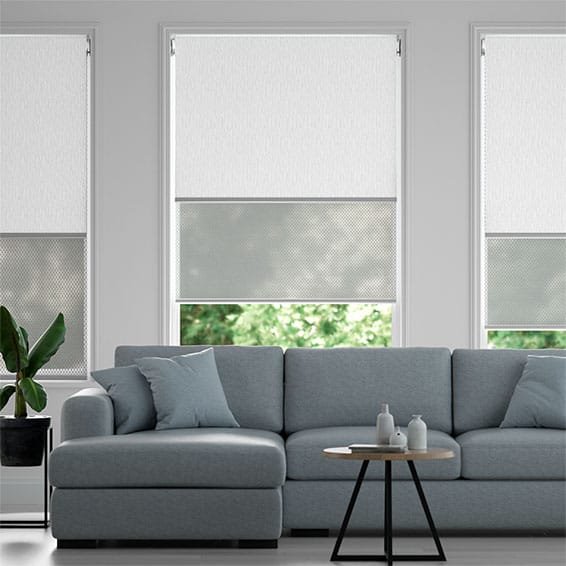Learning Centre

To all our valued clients, past, present and future, Signature Blinds is open and happy to help. During these uncertain times, our customers and team are at the heart of what we do and remain our priority. After reviewing the most recent updates on the new restrictions and closures of certain businesses, we wish to inform you that Signature Blinds remain fully operational. This means we will continue to manufacture your orders and have them despatched to you. Any delays that occur due to manufacture or freight we will inform you as we receive these updates. Please be patient with us at this time. Our team are available to assist you at any time during business hours. The health and safety of our staff, customers and suppliers remain our top priority. We will continue to monitor the situation as it progresses. Strict measures in hygiene, sanitation, cleanliness and distancing are still maintained in our business. To ensure your utmost safety we have completed Department of Health certificate of acknowledgement in infection control covid-19. We thank you for your continued support.

As the name suggests, double / dual / day night roller blinds are two roller blinds installed on the one window. These are not side by side but in fact one in-front of the other. Each blind has its own control allowing you to operate each blind individually. All Roller Blinds Come In 2 Primary Types Of Fabrics: Option 1: A blackout or block out fabric that is designed to block as much light as possible from entering the room. Option 2: A translucent screen (also called sunscreens, privacy screens & light filtering screens) which allow light to enter the room and you can see outside. Single roller blinds only allow the choice of one type of fabric. Double rollers on the other hand allow you to take advantage of both types of fabrics. The screen allows a soft light inside your home and provides privacy by preventing people from being able to see in your home during the day, while at night the block out roller offers complete privacy. Installation & Mounting Options For Double Roller Blinds There is a few mounting options for double roller blinds installation and the best configuration will be recommended by Signature Blinds depending on clearance of your windows & window frame. 1. Face Fixed Block Out And The Screen Mounted In The Reveal This configuration is having the blockout blind on the face of the architrave means the whole window is covered. This method will block out more light when the blockout blind is rolled down. The blockout blind will also hide the components, brackets and mechanism of the screen. The only consideration is you need enough clearance inside the window reveal to mount the screen. 2. The Double Roller Blind Bracket This bracket allows you to mount dual roller blinds in the face of the architrave or both blinds in the window reveal. Like any type of furnishing you need to have enough clearance if you wish to mount them inside the reveal.

Air conditioning is blissful during the summer, but running it nonstop during a heat wave will have you cursing when you get your power bill. Fortunately, clever use of blinds, curtains, and other window treatments can help keep your house cool and your bills in check. The Department of Energy says that smart management of window coverings can reduce heat gain by up to 77 percent. And, as a bonus, these same practices can reduce heat loss in the winter. Awnings . Window awnings can reduce solar heat gain by up to 65 percent on south-facing windows and 77 percent on west-facing windows, according to the DOE. For best results choose awnings in light colors that reflect more sunlight. In the winter, you can roll up retractable awnings to let the sun warm up your house. Curtains and drapes . On summer days, keep your curtains closed. "Particularly on the side of the house or apartment where the sun is coming in," says Allen Drury, a representative of Con Edison. The ability of curtains and drapes to reduce heat gain depends on fabric type (closed or open weave) and color. Studies show that medium-colored draperies with white plastic backings can reduce heat gain by 33 percent, according to the DOE. Hang the curtains as close to the window as possible. For maximum effect, install a cornice at the top of the draperies, seal the draperies at the sides, and overlap them in the middle using Velcro or tape. Roller/Roman Blinds . When properly installed, window shades are one of the simplest and most effective ways to save energy, but they need to be drawn all day to work. Mount them as close to the glass as possible within the window frame, creating a sealed space. Venetian Blinds . Because of the horizontal slats, it's difficult to control heat loss through interior window blinds, although they do offer some flexibility. Unlike shades, you can adjust the slats to control light and ventilation. When completely closed, highly reflective blinds can reduce heat gain by around 45 percent, says the DOE. They can also be adjusted to block and reflect direct sunlight onto a light-colored ceiling, which diffuses the light without much heat or glare. By Mary Farrell July 06, 2017 Consumer Reports






